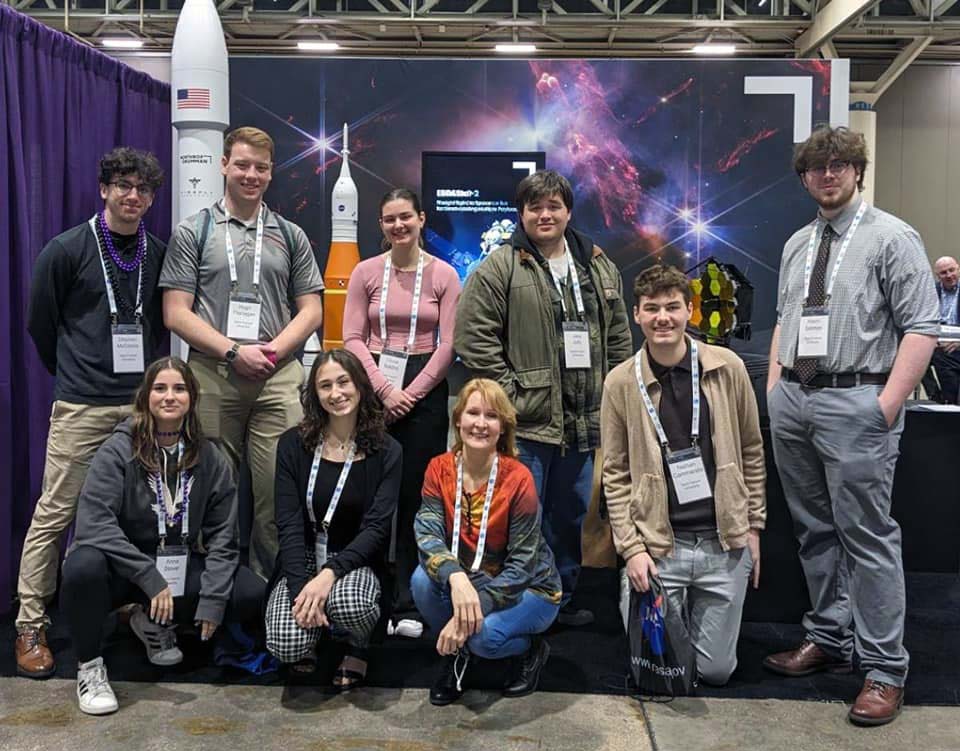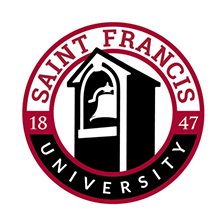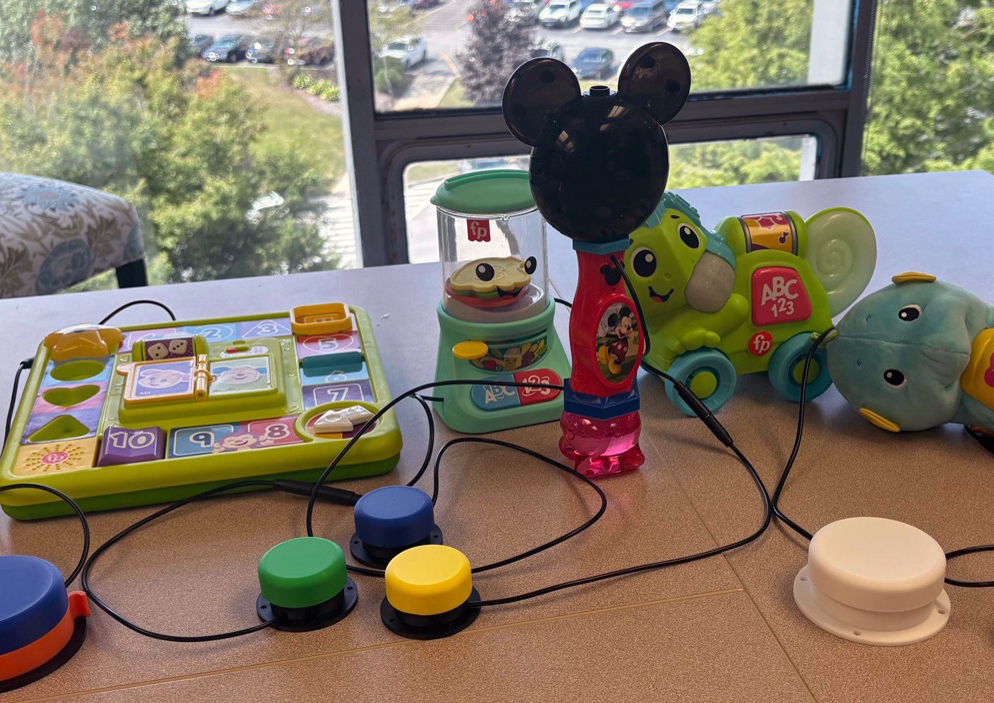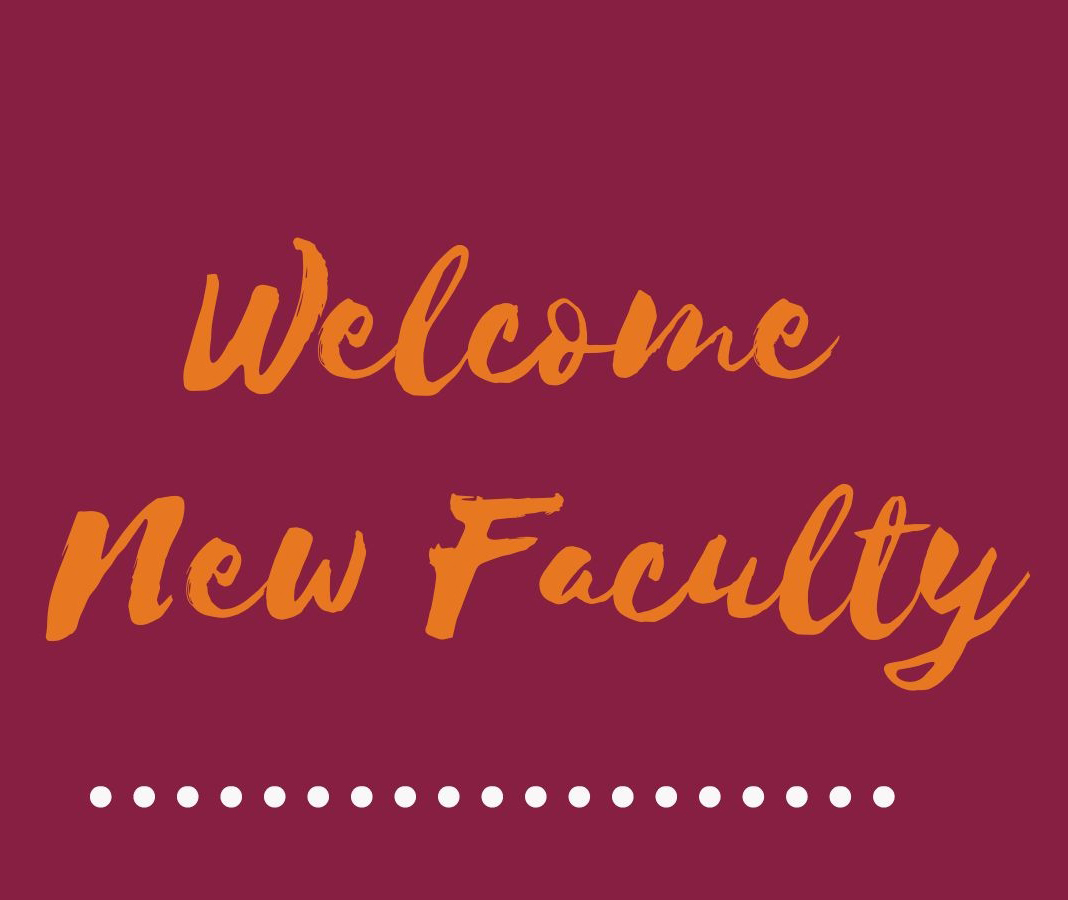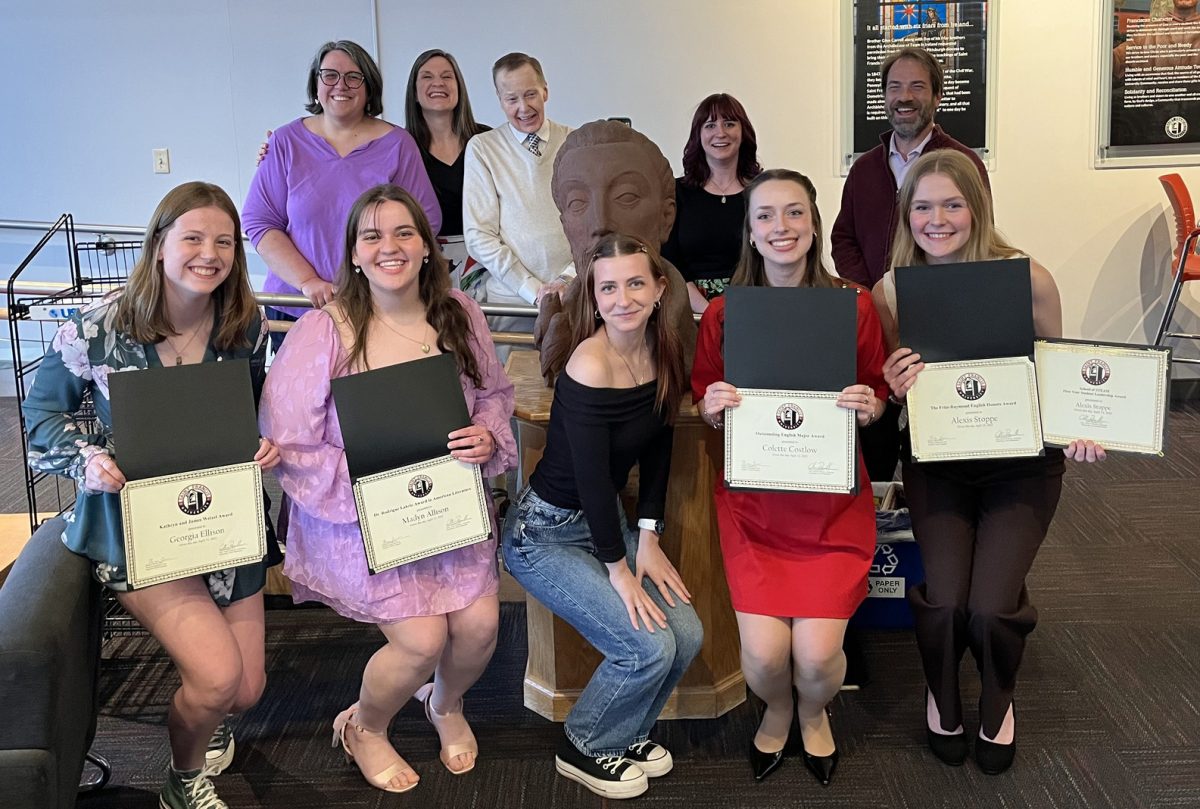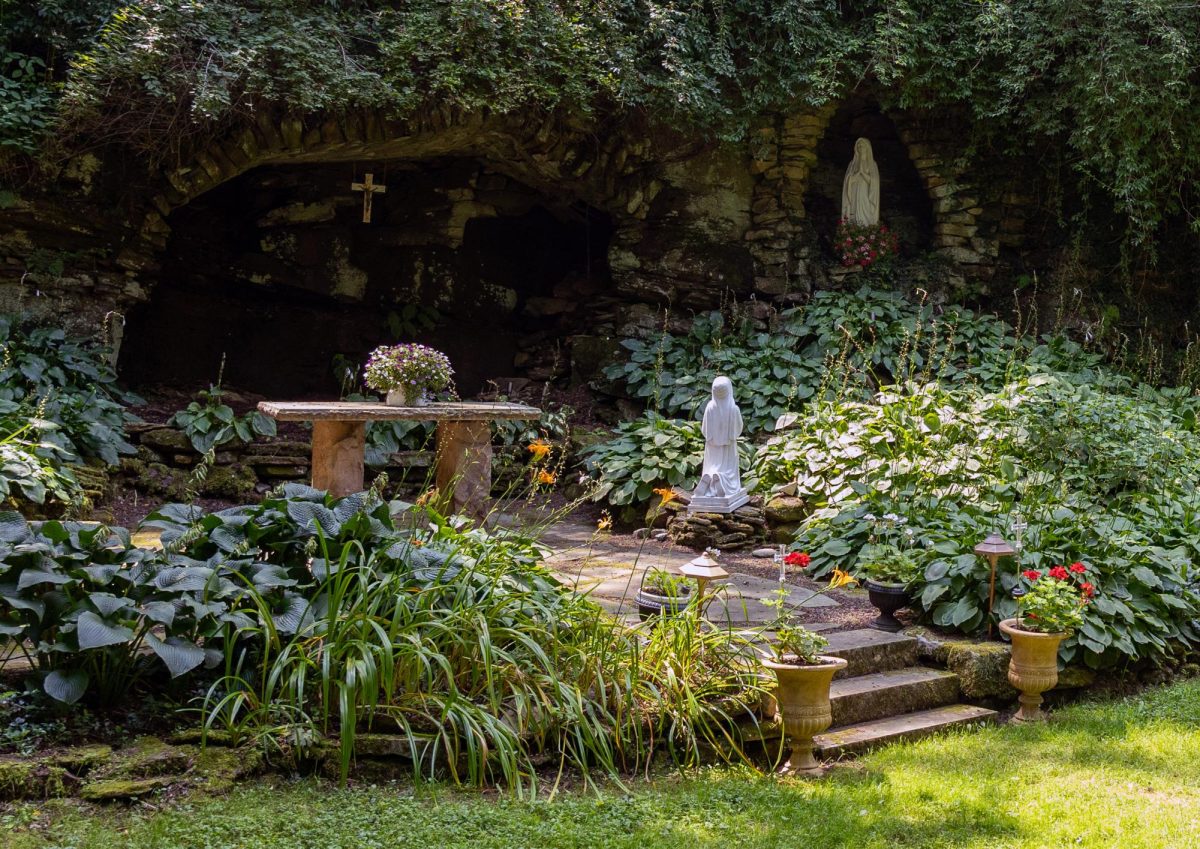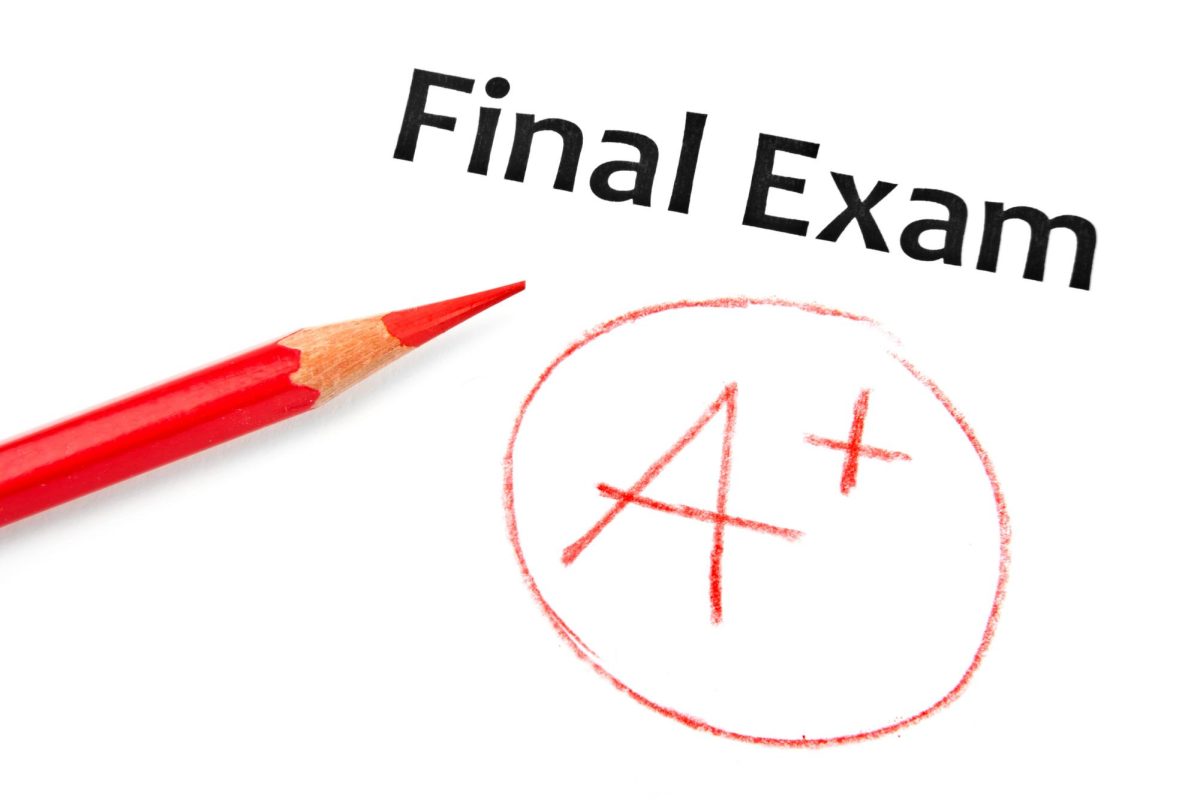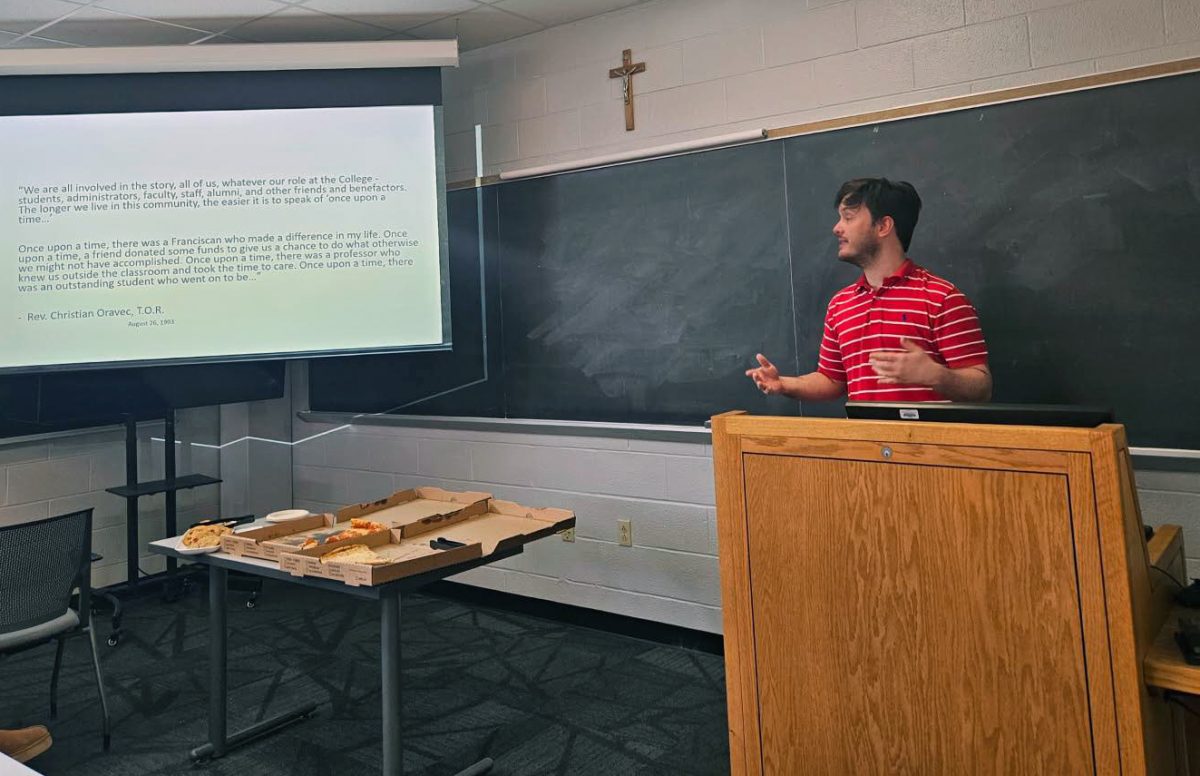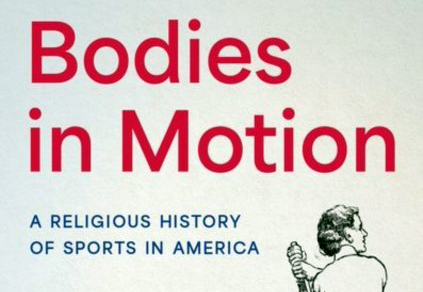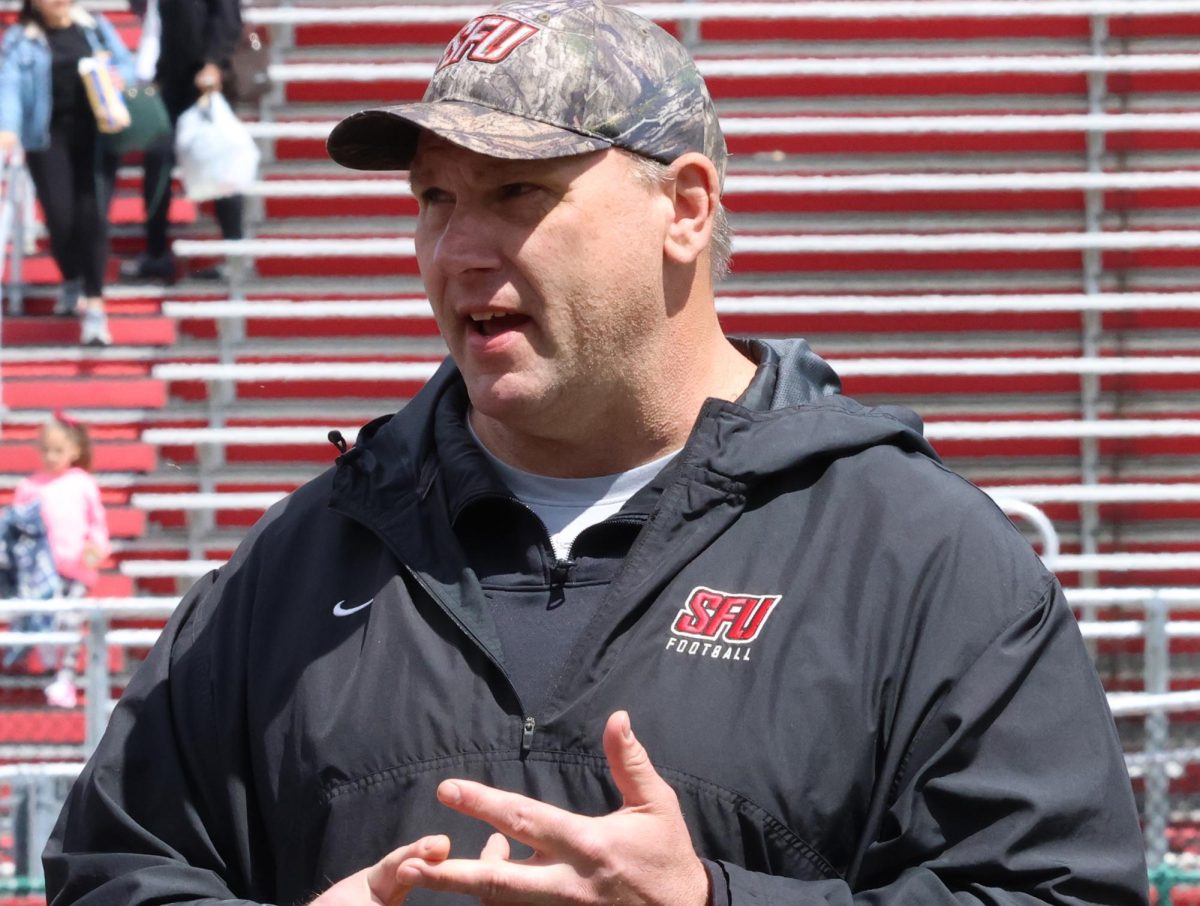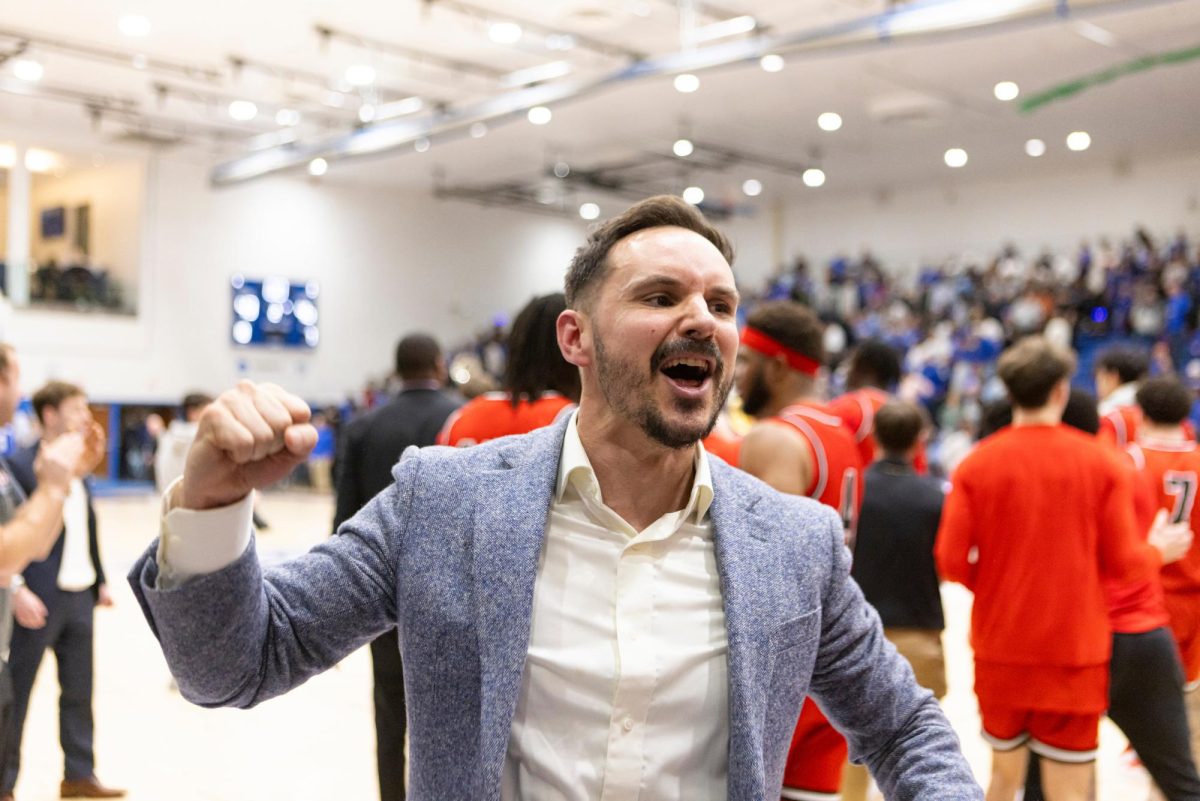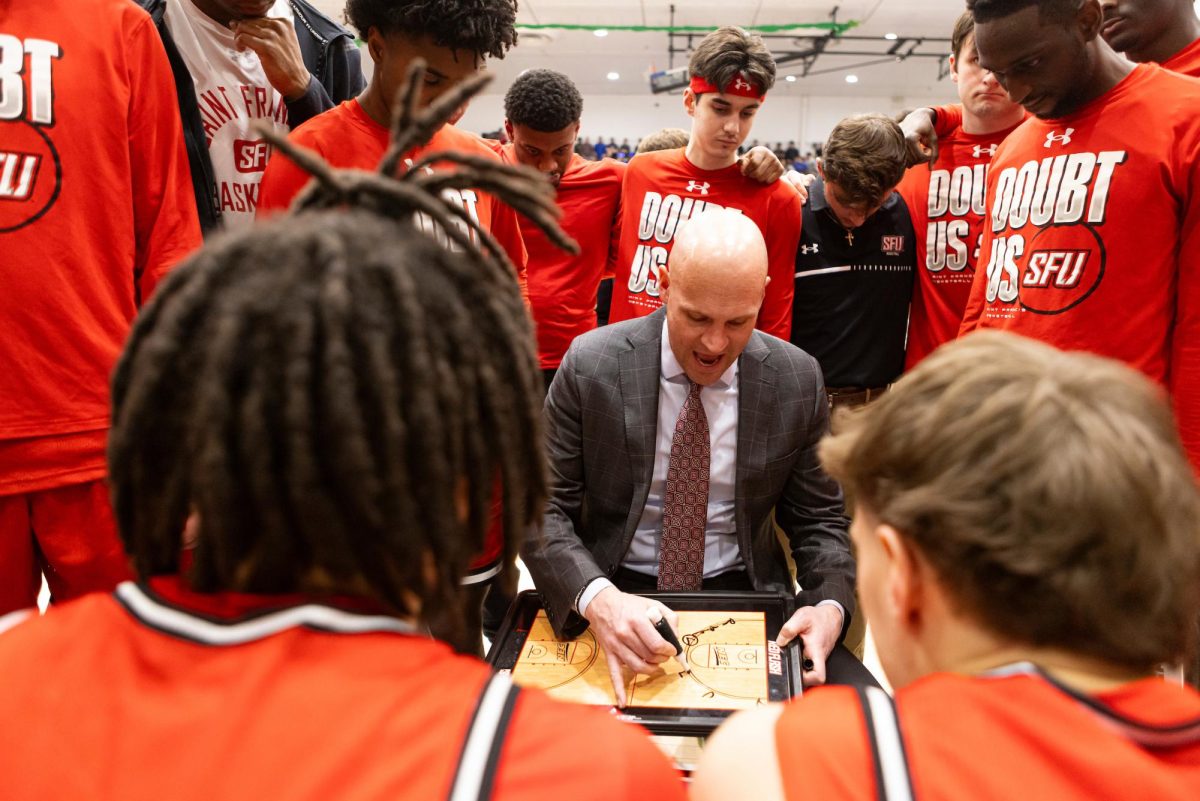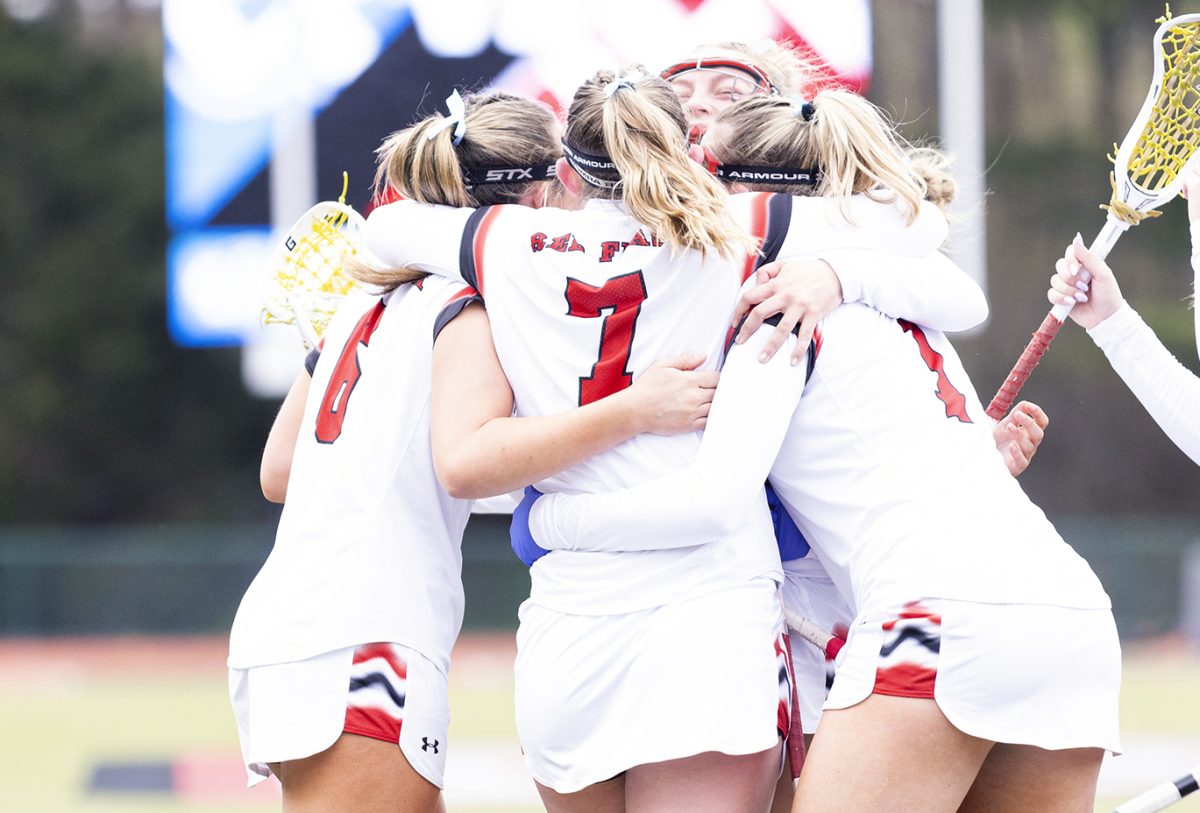Members of “Team SFU in the Stratosphere” attended the 243rd American Astronomical Society (AAS) Meeting in New Orleans, Louisiana, from Jan. 7-11. Students and faculty attended plenary talks, presented research and explored New Orleans.
The SFU in the Stratosphere group includes Physics, Chemistry and Engineering students and faculty involved in the National Eclipse Ballooning Project (NEBP).
Funded by NASA and administered by Montana State University, the NEBP is a collaboration of engineering and atmospheric science teams nationwide. These teams are launching stratospheric balloons to collect atmospheric data during the 2023 and 2024 solar and annular eclipses.
The SFU team presented research findings at the conference from their experiences ballooning during last year’s eclipse. Travel to the conference was funded by the SFU Office for Undergraduate Student Research.
Each day of the conference began with a large-group discussion, followed by attendees exploring companies and interactive student research posters, which were presented on TV screens on the main floor. Presentations on a mix of different subjects continued throughout each day.
Associate Professor of Physics Lanika Ruzhitskaya serves as faculty advisor for Team SFU in the Stratosphere and traveled with her team to New Orleans. Members of the team presented posters and attended a special session for those involved with the NEBP project.
“Everyone got the opportunity to exchange opinions, their experiences and what was learned from the solar eclipse in October at the special session,” said Ruzhitskaya.
“A NEBP team from Florida measured oxygen, while our team measured gamma rays. We learned about the different measures in addition to standard pressure and temperature changes.”
Junior Engineering major Olivia Baldini learned more about astronomy and astrophysics, attended talks, and presented her stratospheric ballooning vent development and design research at the conference.
“This conference was out of our comfort zone as engineering students since it was all about astronomy and astrophysics, but we had the opportunity to learn quite a lot,” said Baldini.
Senior General Engineering major Hugh Flanagan presented his SFU-specific payload research. It examines how emissions from space change during solar eclipses.
Both Flanagan and Baldini said they appreciated the opportunity to attend the conference.
“The SFU in the Stratosphere group has academic partnerships and genuine friends all throughout the nation thanks to the eclipse ballooning project,” said Flanagan.
“Having opportunities like this truly sets SFU apart from other institutions,” said Baldini. “The opportunities I have been provided have translated into applied engineering experience and both technological and social skills, which will benefit me in the future.”
Ruzhitskaya said that 10 students and two instructors on the SFU team will travel to Fort Wayne, Indiana, on April 8 to launch another balloon and collect more NEBP data.
